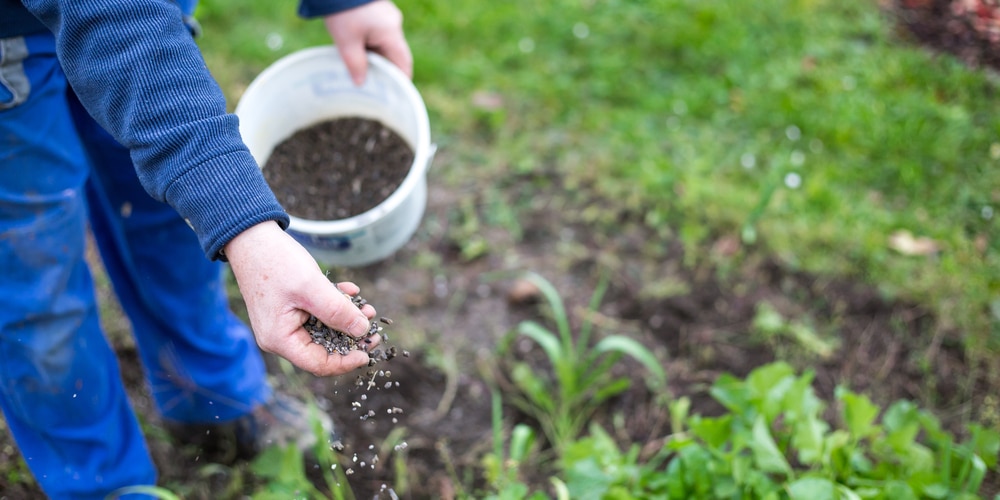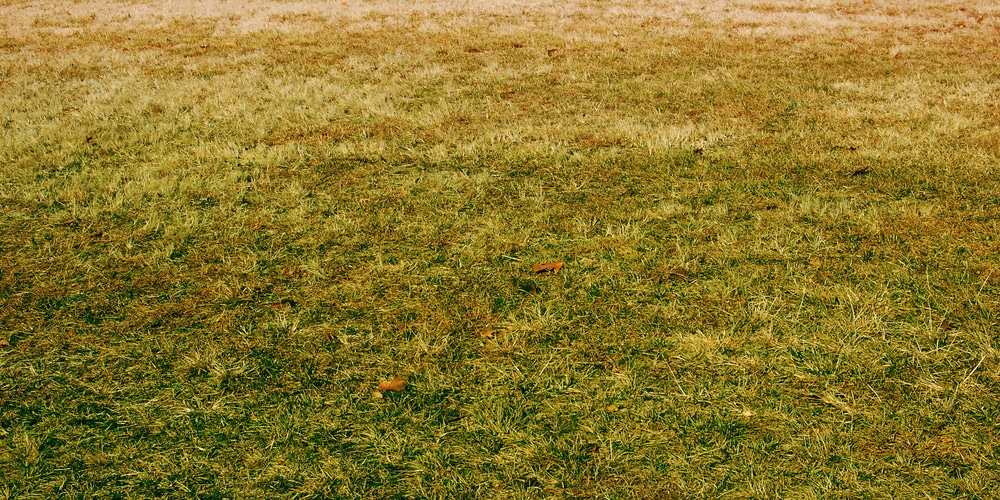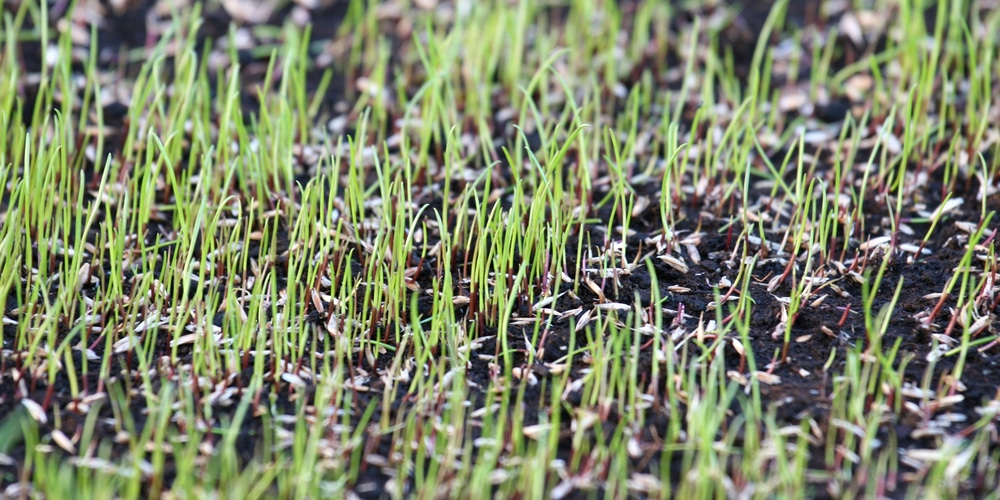Many gardeners know how important it is to use nutrients to get plants, flowers, and vegetables growing properly and producing fruit. With all the different types of soils out there, finding the right balance can be a challenge. Let’s look at how to add potassium to soil.
Do I need to add potassium to my soil?
Before making any changes to your soil or adding nutrients, it’s essential to research what type of soil your plant likes and which nutrients it needs. Some plants thrive in clay-like soils, while others prefer sandy or loam soils. You can also test the soil pH to see if it’s within the recommended range. Testing for nutrient deficiencies is also beneficial and will tell you whether or not you need to add potassium to your soil.
Potassium is an essential nutrient that helps your plants grow strong, vibrant, and healthy. It’s especially helpful for fruiting plants such as tomatoes, peppers, beans, cucumbers, squash, and eggplant. Potassium also helps with disease and pest resistance and water retention in vegetables.
Symptoms of potassium deficiency
Potassium deficiencies can be hard to spot as symptoms only appear when there’s a severe lack of this micronutrient. Your plant’s leaves will start turning yellow, particularly in the veins and the edges of leaves. Brown spots may also appear on the leaves, and eventually, the plant will die. As yellowing leaves is a symptom of other issues such as cold weather, disease, overwatering, or pests, it can be hard to determine whether your plant has a potassium deficiency. For this reason, you should always test the soil before adding any nutrients to the ground.
How do you add potassium to the soil?
Once you’ve determined that a lack of potassium is causing your plants problems, you can add potassium to the soil in several different ways. You can save your plants by simply adding potassium to the earth through fertilizers containing potash, derived from potassium carbonate, which is naturally occurring in the oceans, mines, and wood ash. Although potash is natural, it’s worth noting that not all fertilizers that contain potash are organic.
Use a fertilizer
There are many different fertilizers on the market, and these come in liquid or crystal form and are chemical-based or organic. If your soil has a potassium deficiency, you should search for a high-potassium fertilizer.
Potassium is added to the soil in combination with other nutrients like nitrogen, phosphorus, and magnesium to keep it available for your plants throughout the growing season. Potassium doesn’t leach out of the soil as quickly as some other nutrients, so it’s safe to add it every two to three years.
The best forms of potassium for plants that are available in different types of fertilizers include N-K-P fertilizers. N-K-P fertilizer will add Nitrogen (N), Phosphorus (P), and Potassium (K) to the soil. If you want to add potassium to the soil, choose a product with a higher K number.
Organic alternatives
It’s also possible to use various other sources such as wood ashes if you want to be natural about it. Wood ash is an excellent source of lime which is beneficial to many plants but should be used in moderation so as not to cause root burn.
You can also add compost which has been created using food scraps to your soil. Compost that contains banana skins is high in potassium, although these take years to decompose properly.
How to add potassium to soil
It’s pretty simple to add potassium to the soil; you just mix it in when you’re preparing your beds or after planting. If you have a liquid fertilizer, you can spray it on top of the soil. This will soak in and allow your plant’s roots to absorb nutrients.
Conclusion
Potassium is an essential nutrient that helps your plants grow strong, vibrant, and healthy. If your plants are showing signs of yellowing, typically the youngest leaves, try adding some potash to your soil. It’s good to know that you may see some pretty amazing things happen after adding these nutrients to the soil. For example, your plants may start growing faster or have thicker leaves because they are happier. You may also notice more flowers popping up as well as bigger tomatoes and fruit.


